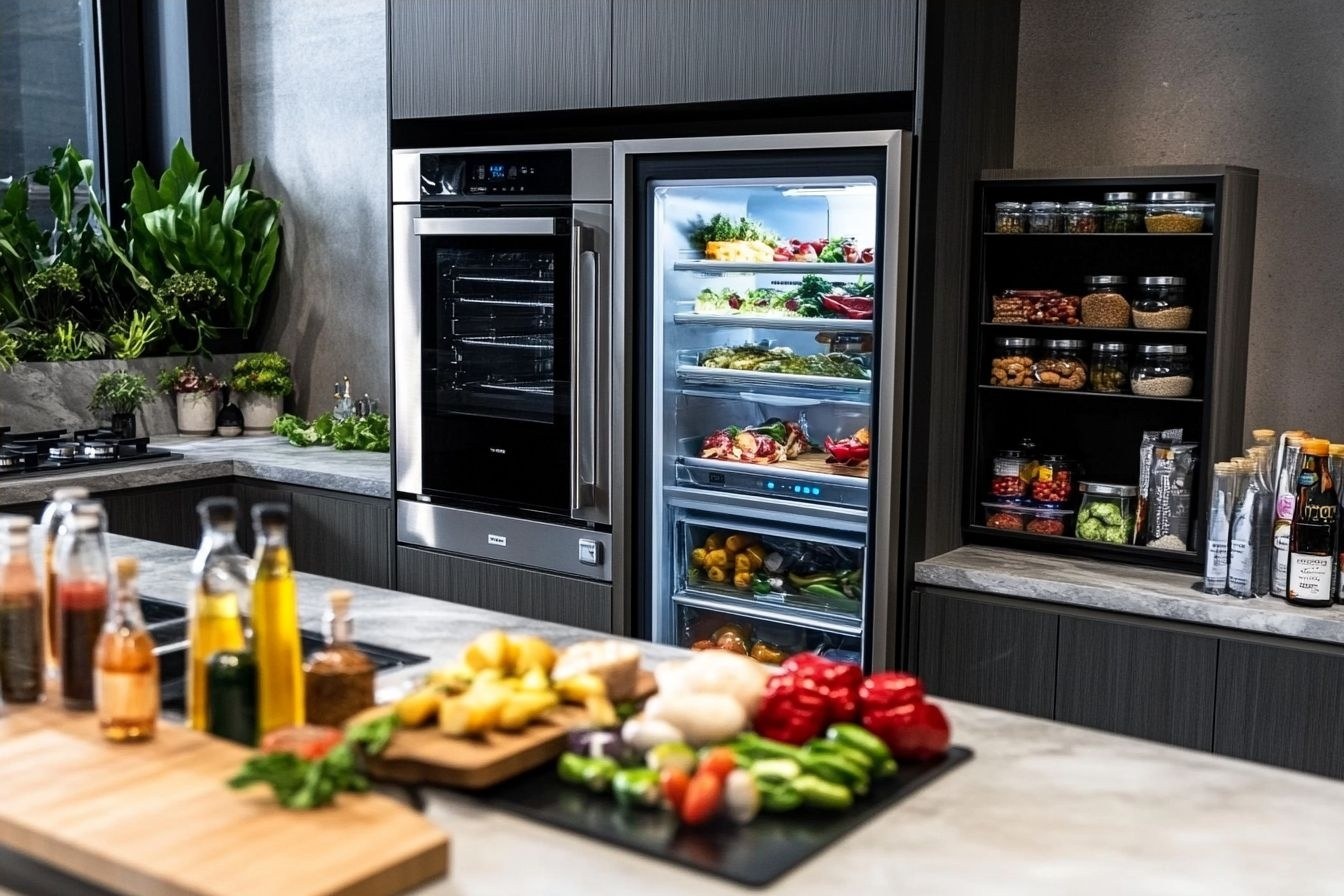Essentials for safe food handling and home hygiene
Practical practices in the kitchen reduce foodborne illness and help maintain a hygienic home environment. This article outlines essential steps for safe food handling, including cookware selection, utensil care, appliance maintenance, proper storage, organized mealprep routines, container choices and sustainability considerations to protect meals and household health.

Keeping food safe from preparation through storage is a core part of home hygiene. Proper procedures reduce the risk of contamination, spoilage and unnecessary waste while preserving flavor and nutrition. This article covers practical tips for selecting and maintaining cookware, choosing materials, organizing storage, and developing routines that support safe mealprep and overall household cleanliness. Practical, repeatable habits make a measurable difference in daily kitchen safety and longevity of kitchen tools.
This article is for informational purposes only and should not be considered medical advice. Please consult a qualified healthcare professional for personalized guidance and treatment.
Cookware and materials
Choose cookware made from materials suited to your cooking style and safety needs. Stainless steel, cast iron and anodized aluminum are common for their durability and heat handling; nonstick coatings reduce sticking but require careful maintenance to avoid scratching. Consider material reactivity for acidic foods and prioritize pieces with solid construction and heat-resistant handles. Regular maintenance—seasoning cast iron, avoiding metal scrapers on coated surfaces, and checking rivets—extends life and reduces risks associated with degraded surfaces.
How should utensils and tableware be cleaned?
Utensils and tableware are frequent contamination points, so cleaning and storage matter. Wash cutting boards, knives and spoons promptly with hot, soapy water after use; plastic boards can be sanitized in a dishwasher if heat-tolerant, while wooden boards need gentle cleaning and thorough drying to prevent warping and bacterial growth. Separate utensils used for raw proteins from those for ready-to-eat foods. Inspect tableware for cracks or chips where pathogens can hide and replace items when necessary to maintain hygiene.
What routines keep appliances safe and effective?
Appliances require both operational safety and cleanliness. Clean refrigerator coils, oven interiors and microwave cavities according to manufacturer maintenance guidance to prevent odor, residue buildup and reduced efficiency. Regularly defrost freezers if they aren’t frost-free to maintain cooling performance. Pay attention to seals and gaskets on refrigerators and dishwashers—damaged seals can allow contamination. Follow manufacturer instructions for deep cleaning, and unplug or disconnect appliances before maintenance to avoid electrical hazards.
How can storage and organization support safety?
Proper storage and organization reduce cross-contamination and spoilage while improving mealprep efficiency. Store raw meats on lower refrigerator shelves in sealed containers to prevent drips onto other foods. Label and date leftovers and prepared foods to track freshness; use clear containers for visibility. Organize pantry items so older stock is used first, and keep dry goods in sealed containers to deter pests and moisture. Thoughtful layout—grouping utensils, spices and prep tools—speeds safe workflow and reduces accidental mixing of raw and ready-to-eat items.
What are key mealprep hygiene practices?
During mealprep, focus on temperature control and separation. Keep perishable ingredients chilled until they are needed, cook proteins to recommended internal temperatures, and cool leftovers promptly—shallow containers speed cooling and reduce time in the bacterial “danger zone.” Use separate utensils and cutting boards for raw proteins and produce, and wash hands thoroughly between tasks. When using containers for transport or storage, ensure lids fit securely to limit exposure and that containers are appropriate for reheating if intended.
Which containers, maintenance and sustainability choices matter?
Selecting appropriate containers and maintaining them are both hygiene and sustainability decisions. Choose glass or food-grade plastic containers labeled for food use; glass is non-reactive and recyclable, while durable plastics can be lightweight and stackable. Inspect containers for scratches or stains that can harbor bacteria and replace when integrity is compromised. For sustainability, favor reusable containers over single-use options and select materials with clear recycling pathways or long service lives to reduce waste without compromising hygiene.
Conclusion Safe food handling and home hygiene rely on consistent habits: selecting appropriate cookware and materials, cleaning and maintaining utensils and appliances, organizing storage effectively, and following sound mealprep practices. These measures protect health, preserve food quality and extend the service life of kitchen items. Building simple, repeatable routines simplifies meal preparation and supports a cleaner, safer household environment.





